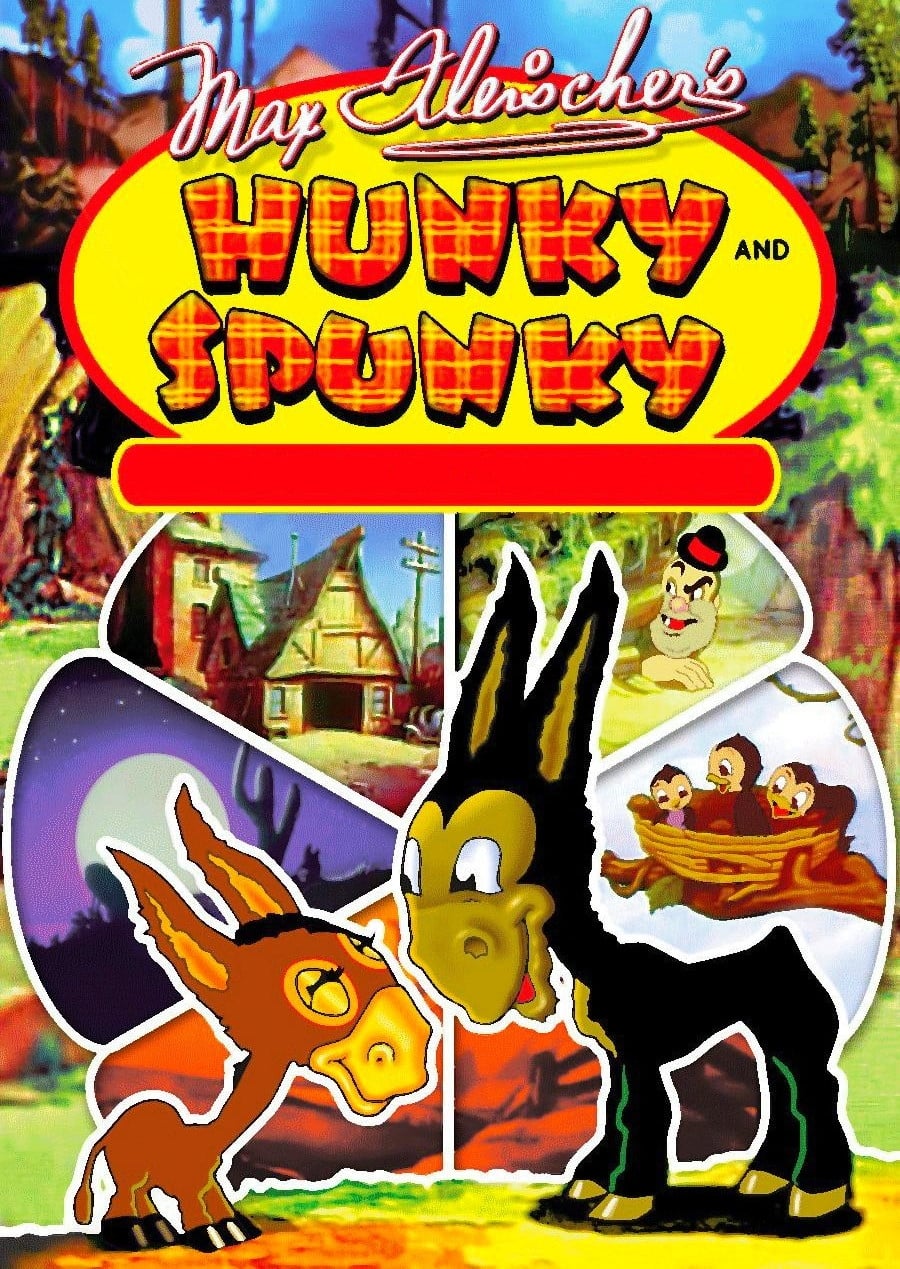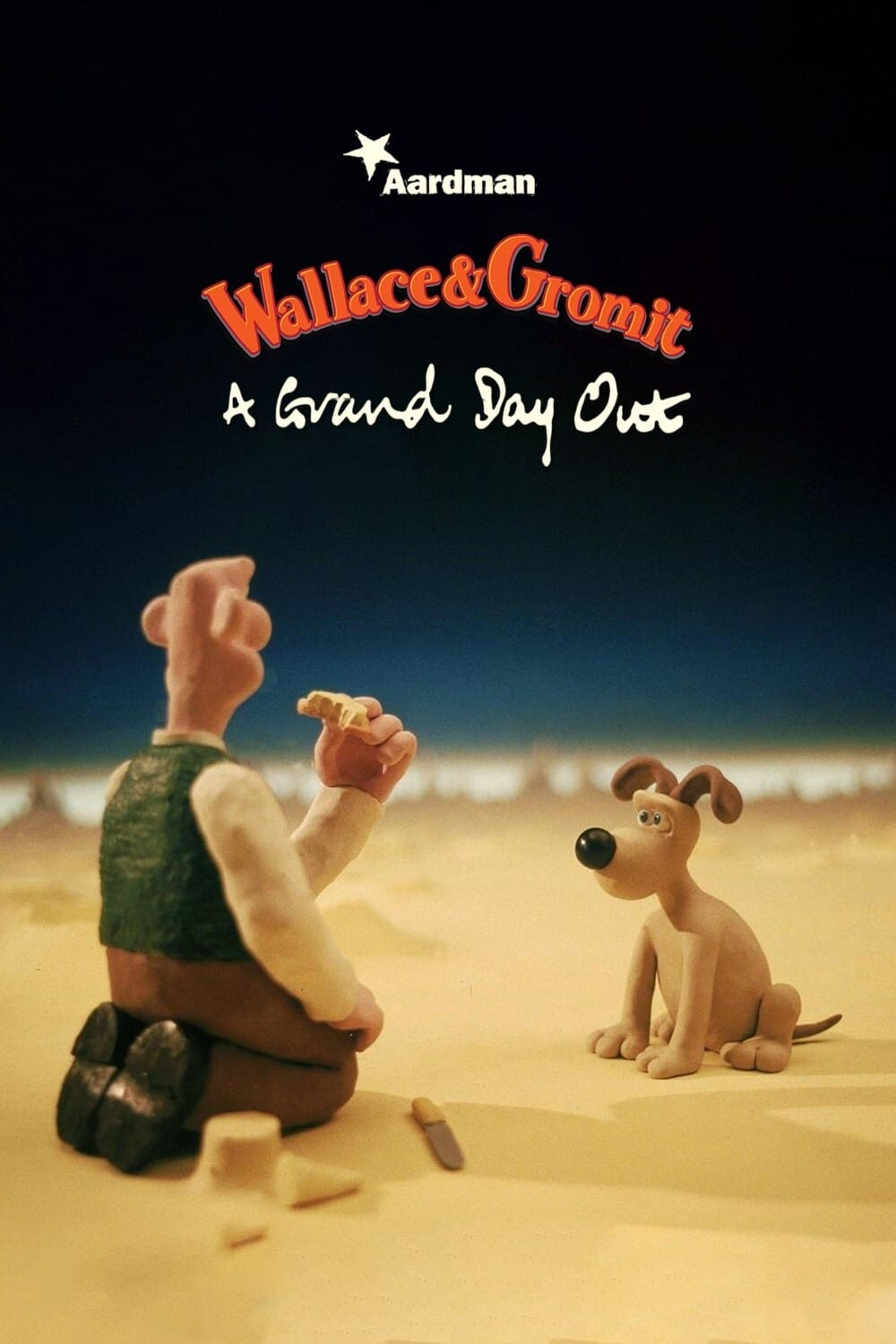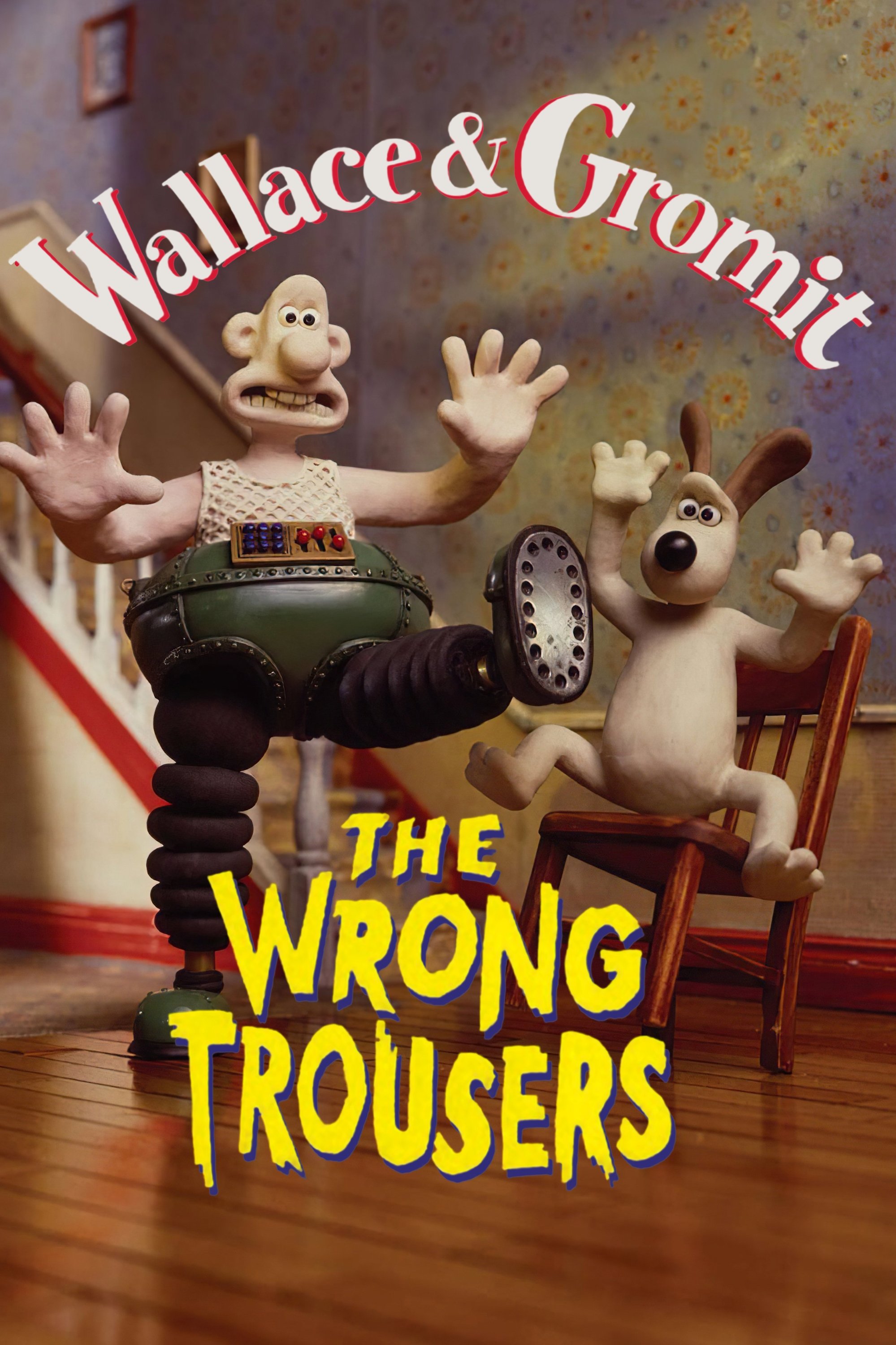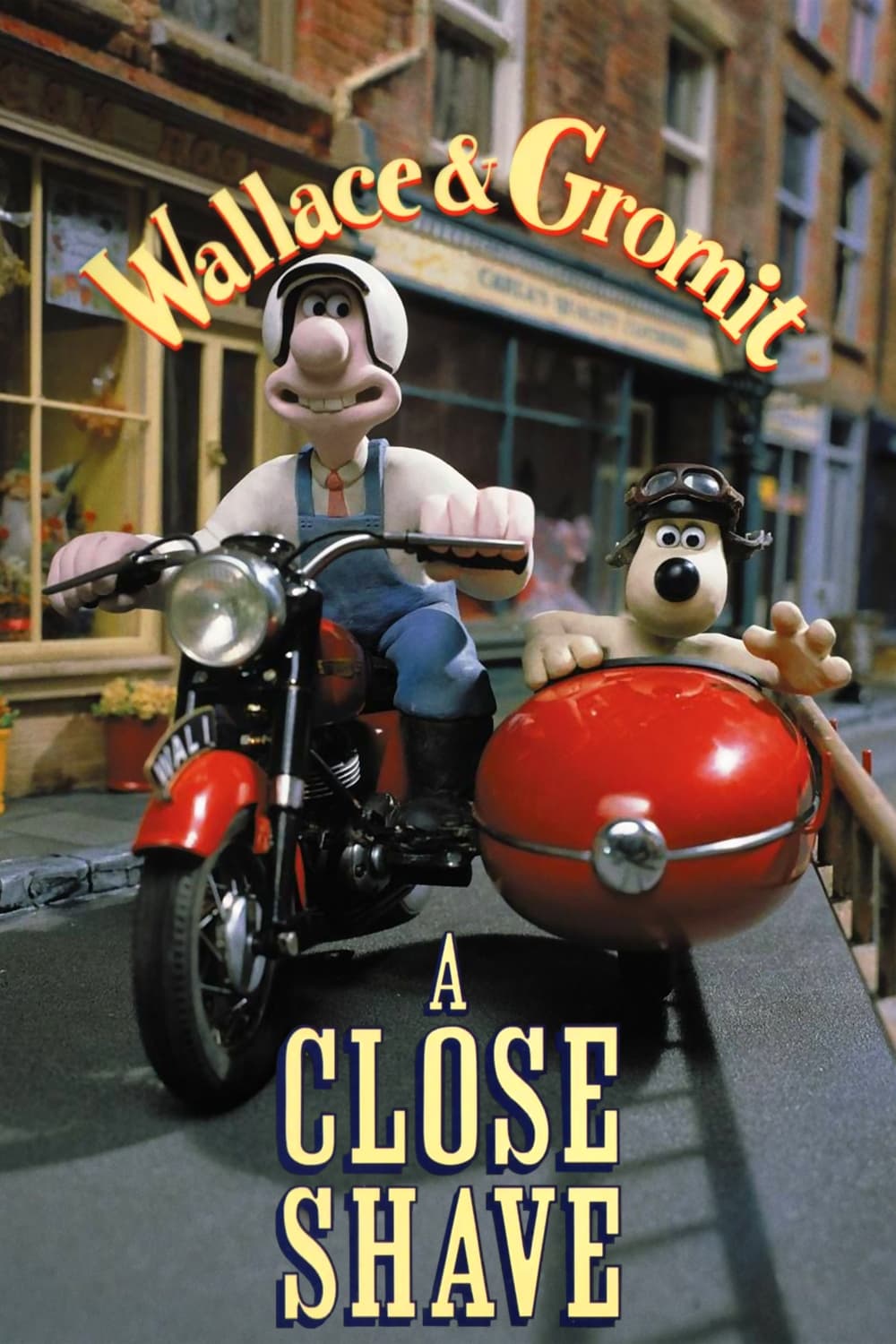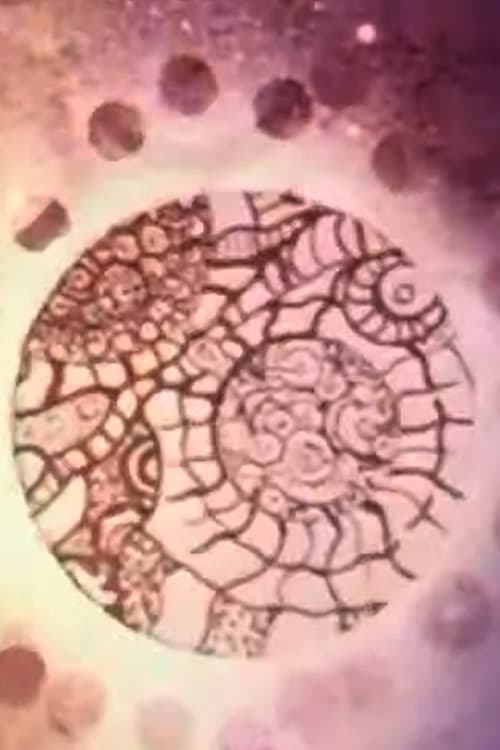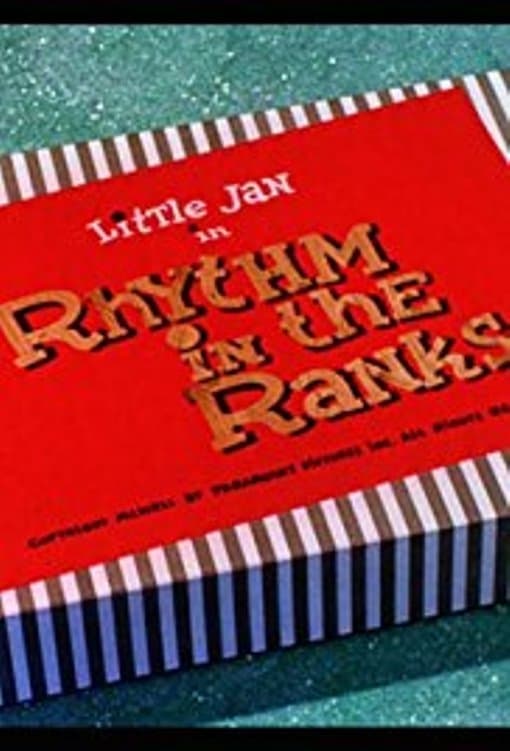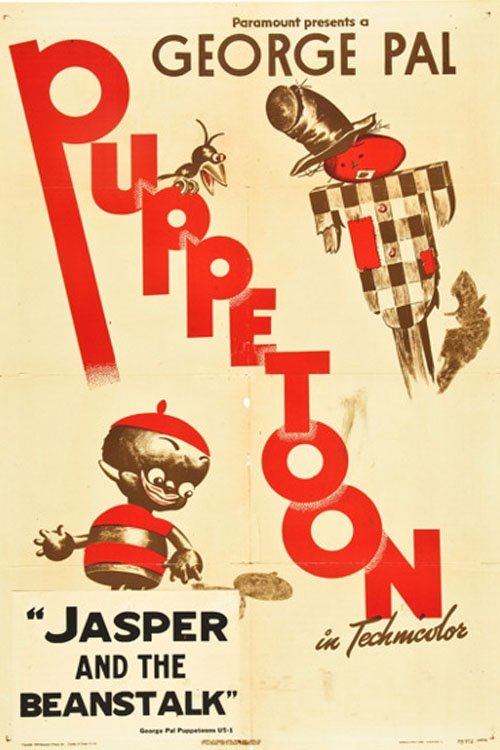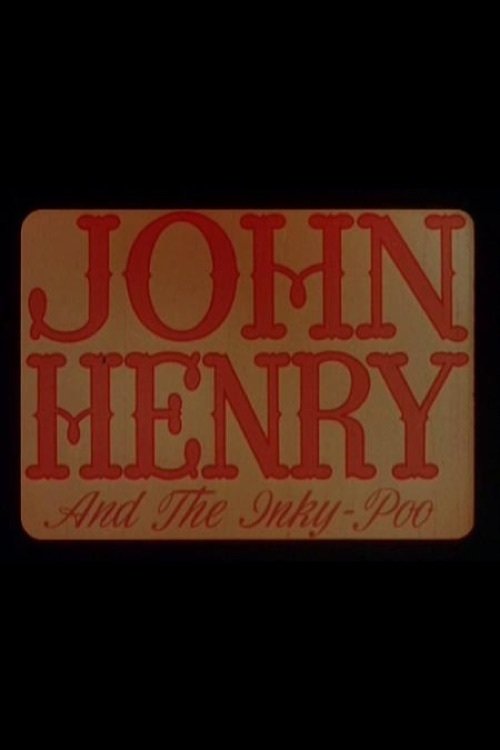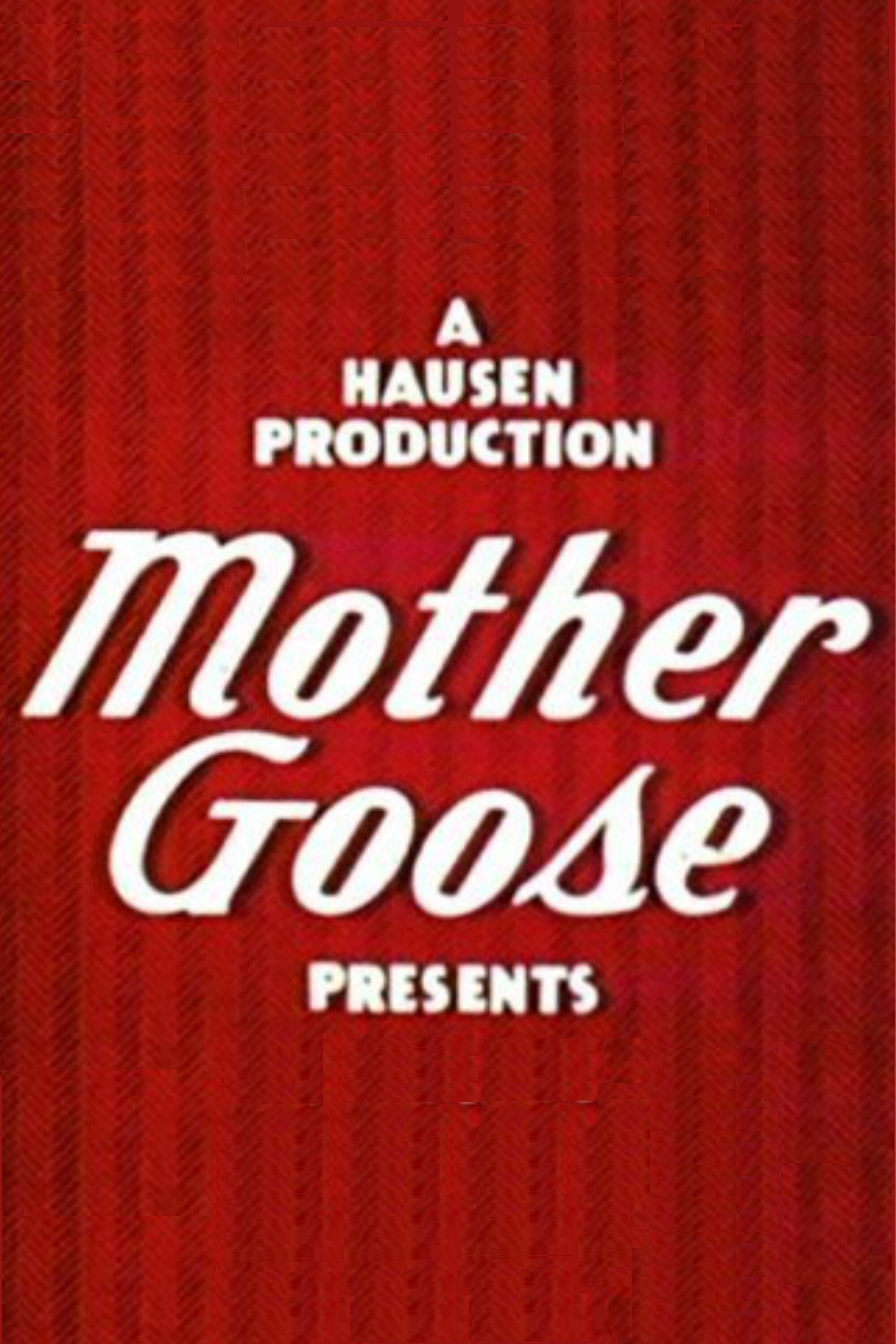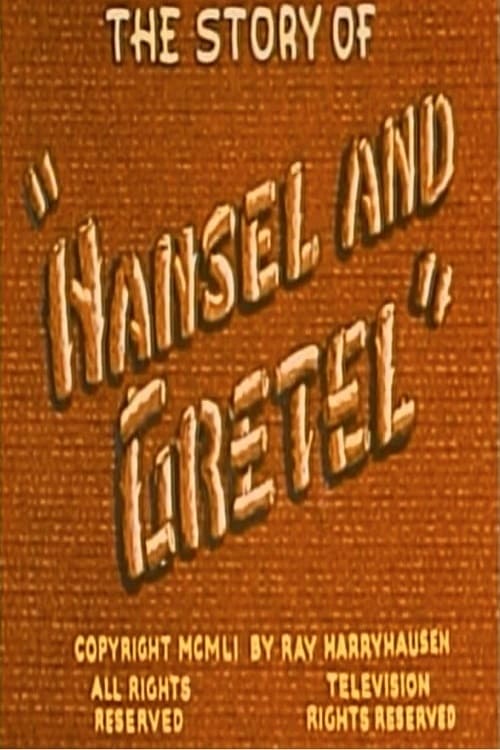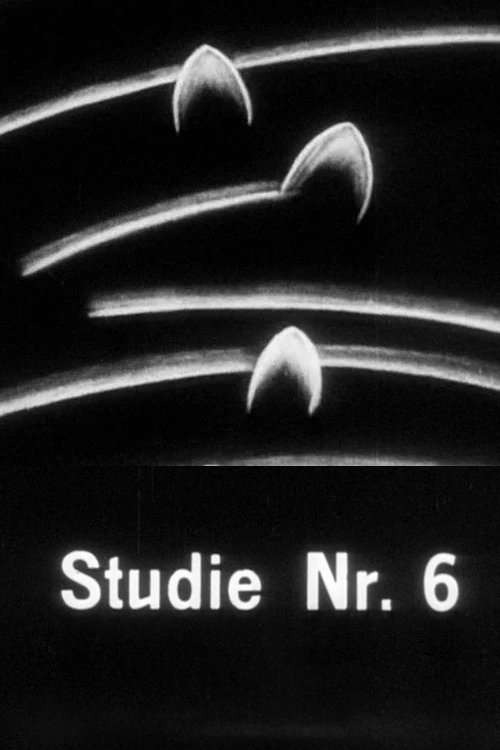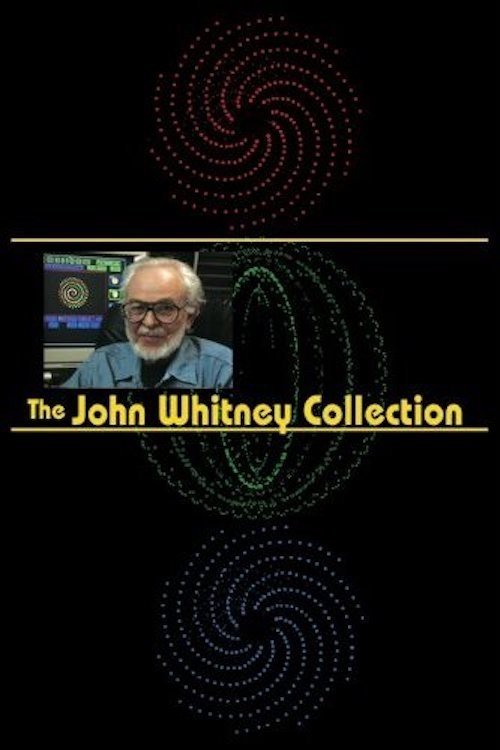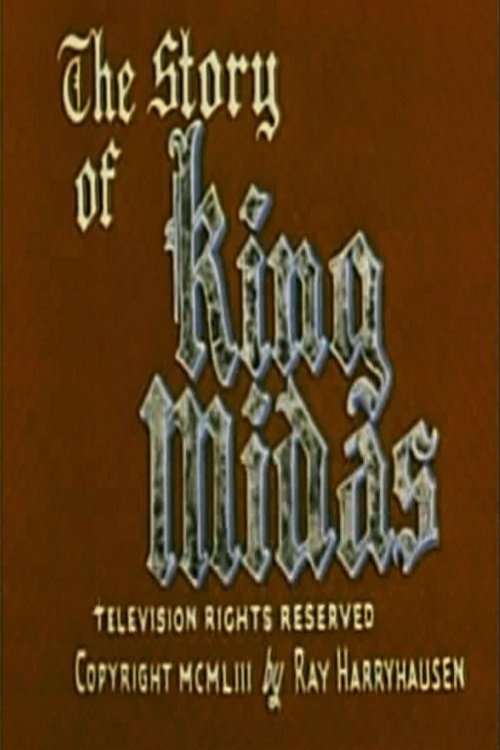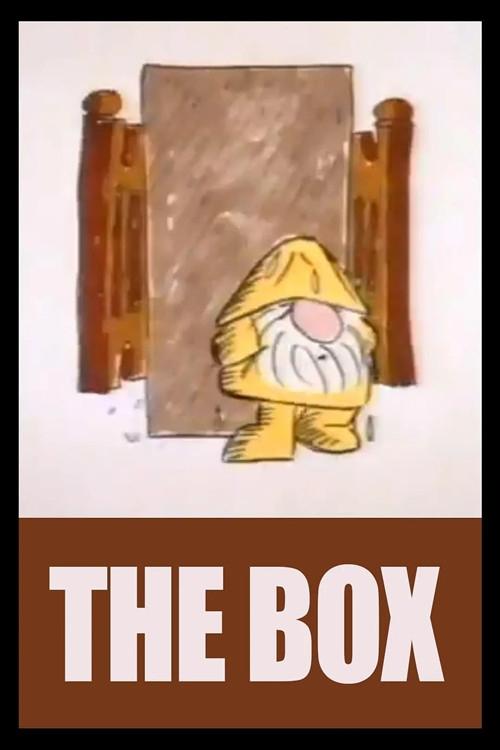
The Box (1967)
Overview
An old bearded man wearing a raincoat walks into a bar and sits down, placing a mysterious box next to him. The other patrons try, with varying success, to find out what's inside. Preserved by the Academy Film Archive in 2003.
Production Companies
Additional Info
| Budget | $0.00 |
|---|---|
| Revenue | $0.00 |
| Original Language | en |
| Popularity | 0.973 |
Directed By
Fred Wolf
Crew
Fred Wolf
TOP CAST
Similar Movies
Hunky and Spunky
A short film about a mother and her son, she teaches him life skills later on the son gets niked by a man so the young donkey can be his work slave and his mother saves him. Preserved by the Academy Film Archive in partnership with the UCLA Film and Television Archive in 2013.
A Grand Day Out
Wallace and Gromit have run out of cheese, and this provides an excellent excuse for the duo to take their holiday to the moon, where, as everyone knows, there is ample cheese. Preserved by the Academy Film Archive.
The Wrong Trousers
Wallace rents out Gromit's former bedroom to a penguin, who takes up an interest in the techno pants created by Wallace. However, Gromit later learns that the penguin is a wanted criminal. Preserved by the Academy Film Archive.
A Close Shave
Wallace's whirlwind romance with the proprietor of the local wool shop puts his head in a spin, and Gromit is framed for sheep-rustling in a fiendish criminal plot.
Obmaru
"Marx was born in Queensland, Australia, and was a landscape painter and model there before moving to San Francisco. However, when she arrived, she found herself in the midst of fascinating non-objective painting and filmmaking activity. She was greatly influenced by the work of Harry Smith and Jordan Belson, and changed her own style to non-objective, receiving graphic inspiration from Jungian brain drawings, symbols in the occult sciences, and the design used by Eastern cultures, all of which being important elements in the San Francisco school mystical school of non-objective art." -Robert Pike, A Critical Study of the West Coast Experimental Film Movement. Preserved by the Academy Film Archive in 2000.
Evolution of the Red Star
Music: Carl Stone. Colored pen-and-ink drawings, like topological maps of biomorphic objects, grow and evolve from the red star. Once the master image is formed, this continuously throbbing, pulsating sight is used to ring changes based on years of optical work. Music and picture work together to create a mood of ecstatic tranquility. The bright colors, beautiful music, surprise at the end, etc. make this a good film for young children. Awards: Sinking Creek Film & Video Festival, 1973; Washington National Student Film Festival, 1974; Brooklyn Independent Filmmakers Exposition, 1974; Vanguard Int'l Competition of Electronic Music for Film, 1974; Humboldt Film Festival, 1974. Preserved by the Academy Film Archive in partnership with iotaCenter and National Film Preservation Foundation in 2007.
Bambi Meets Godzilla
Bambi is nibbling the grass, unaware of the upcoming encounter with Godzilla. Who will win when they finally meet? Preserved by the Academy Film Archive in 2009.
Rhythm in the Ranks
A toy soldier, distracted by a beautiful ice skater, is derelict in his duty and gets discharged. Later, when the screwball army declares war, he lucks into a chance to redeem himself. Preserved by the Academy Film Archive in partnership with UCLA Film & Television Archive in 2009.
Jasper and the Beanstalk
The Scarecrow trades Jasper a handful of beans for his harmonica. Jasper plants the beans and climbs up the resulting beanstalk and, at the top, finds a beautiful girl in a golden cage playing a golden harp. Jasper rescues her from the Scarecrow, brings her down the beanstalk, and spends the rest of his days dancing to the music his girlfriend plays on the harp. Preserved by the Academy Film Archive in partnership with UCLA Film & Television Archive in 2009.
Hand Piece
"This hand drawn animated film is a tribute to my hands. It was produced between 1977-79 with the assistance of a grant from the Sinking Creek Film Celebration. This animated film honors the legacy of Jules Engel the original head of Cal Arts Animation Program." -D. Pies. Preserved by the Academy Film Archive in 2013.
John Henry and the Inky-Poo
In this Puppetoon animated short film (an Academy Award Best Short Subject, Cartoons nominee), legendary American folklore figure John Henry (voice of Rex Ingram) goes to work for the C&O Railroad, which shortly thereafter buys an automatic steel-driving engine, The Inky-Poo. John Henry matches his strength against the engine, saying that any man can beat a machine because a man has a mind. Can he prevail? In 2015 this film, deemed "culturally, historically, or aesthetically significant", was selected for preservation in the United States National Film Registry. Preserved by the Academy Film Archive in partnership with UCLA Film & Television Archive in 2009.
Background
Background is a 1973 American short documentary film directed by Carmen D'Avino. It was nominated for an Academy Award for Best Documentary Short. The original version was preserved by the Academy Film Archive in 2012.
Nursery Rhyme Review
A compilation of four Mother Goose stories "photographed in three-dimensional animation" and unified by a prologue and an epilogue with Mother Goose herself magically setting up a projector to show the films. The familiar nursery rhymes are "Little Miss Muffet," "Old Mother Hubbard," "The Queen of Hearts," and "Humpty Dumpty." Preserved by the Academy Film Archive in 2004.
Odalisque
"I think of Odalisque as my first film. It was completed after film school and I worked with just a graphite pencil, a small group of colored pencils and animation bond. It is a trilogy of amorous dreams coming from the imagination of a woman recalling her childhood, her beloved twin so difficult to separate from and becoming an adult sexual person. The aria Sempre Libera from La Triviata by Verdi opens the film and the poem Leda and the Swan by WB Yeats ends it. It was great to work with Michael Riesman who created the sound track. I loved working in NYC in those days with Robin McDaniel, Rebecca High and others." Preserved by the Academy Film Archive in 2017.
The Story of Hansel and Gretel
Stop-motion puppetry version of the classic fairy tale. Preserved by the Academy Film Archive in 2004.
Study No. 6
The first Studies were synchronized with records (Fischinger made a total of 13 Studies all without sound). It was only with the introduction of sound, beginning with Study No 6 that the films did full justice to this musical principle. The play of the white lines, the arcs, and the upside-down U’s running hither and thither like ballet dancers was brought into perfect synchronization with the music, and thus the films offered an abstract illustration of the melodies. Study No 6 is certainly the best of his films in terms of forms. - Hans Scheugl and Ernst Schmidt, Jr. Preserved by the Academy Film Archive in 2001.
Celery Stalks at Midnight
Early 'visual music' film by John Whitney. Preserved by the Academy Film Archive in 1999.
Five Film Exercises: Film 1
Begins with a three beat announcement drawn out in time which thereafter serves as a figure to divide the four sections. Each return of this figure is more condensed, and finally used in reverse to conclude the film. Preserved by the Academy Film Archive in 2004.
The Story of King Midas
A greedy King Midas is visited one day by a mysterious visitor who grants him the ability to turn all things he touches to gold. He learns his lesson when the food he tries to eat and his own daughter are turned to gold as well. The visitor reappears and offers him the opportunity to return to his old self, which he gladly does. Preserved by the Academy Film Archive in 2004.
